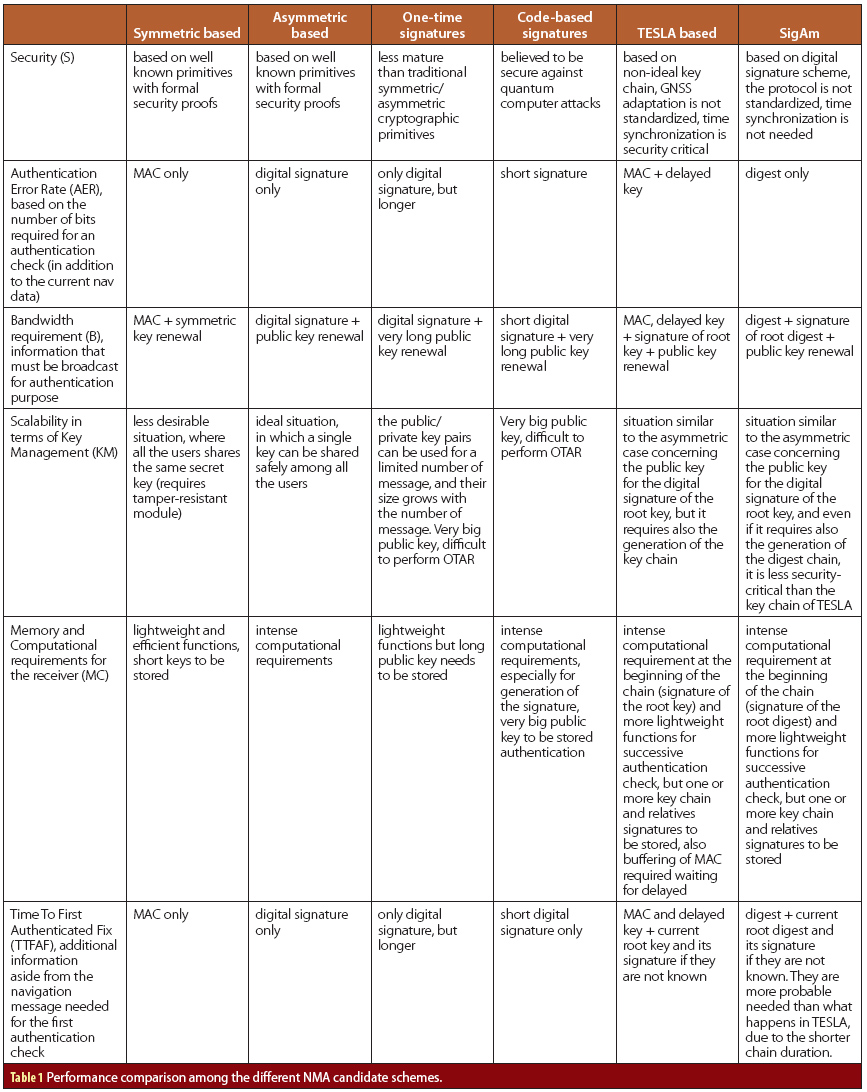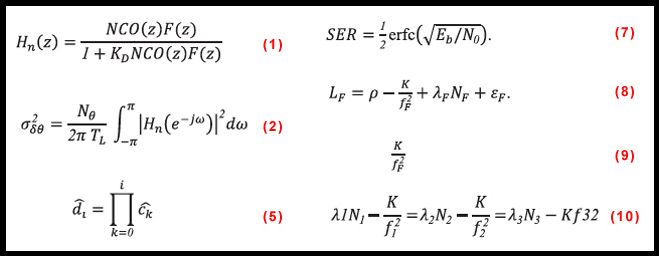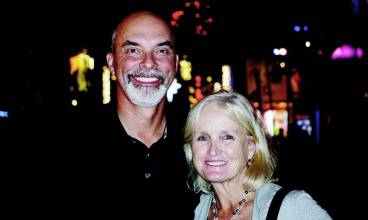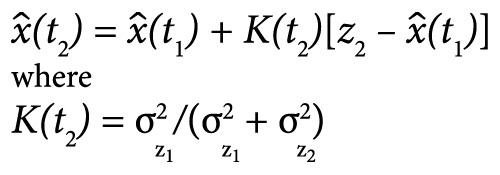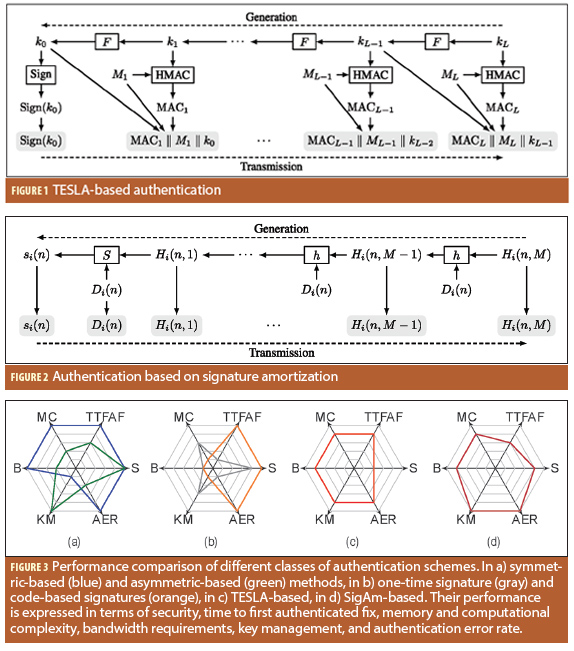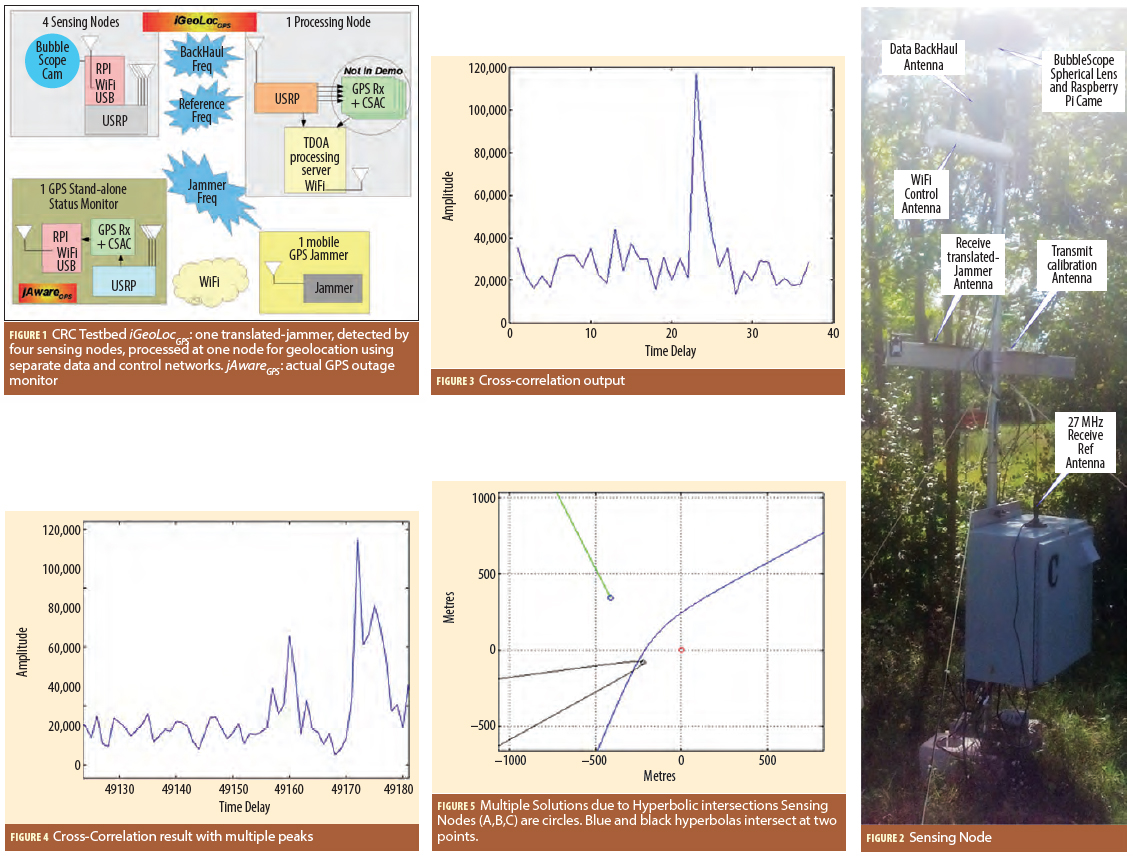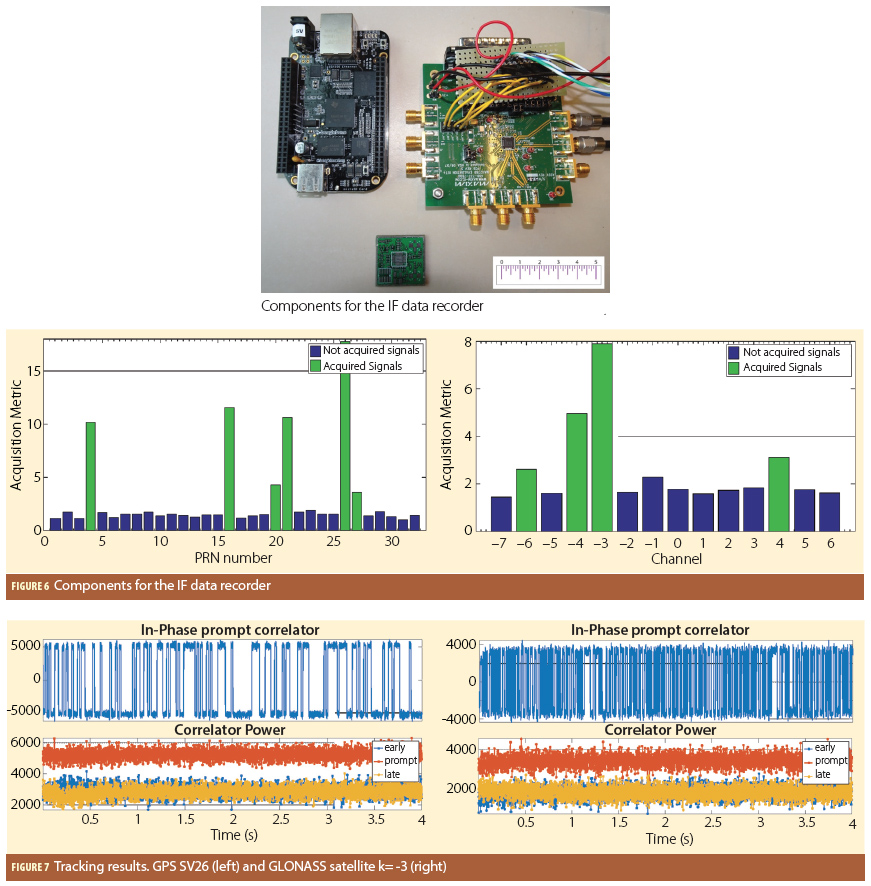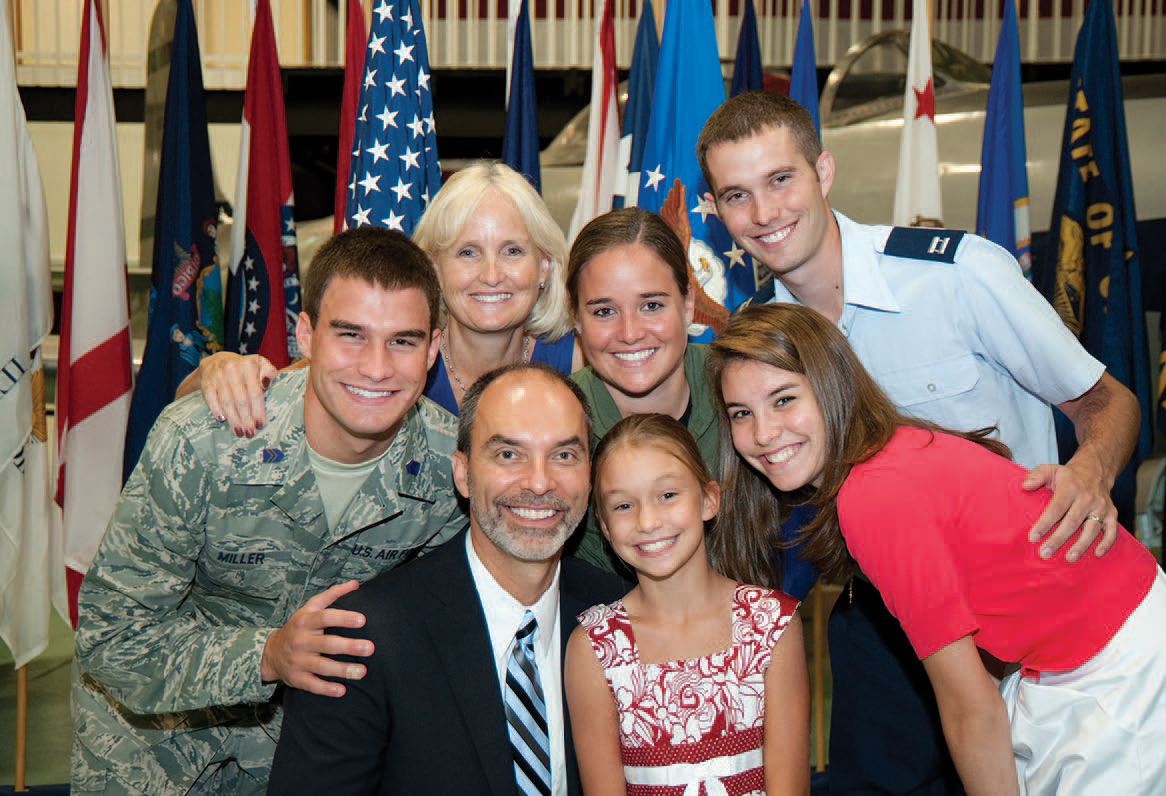u-blox Releases Module Combining GNSS with LTE Modem
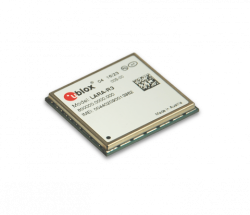 u-blox’ LARA-R3121 Module
u-blox’ LARA-R3121 ModuleThalwil, Switzerland-based u-blox has released its LARA-R3121 module that combines a single-mode long-term evolution (LTE) category one modem and a GNSS positioning engine for internet of things (IoT) and machine-to-machine (M2M) devices, the company said.
LARA-R3121’s applications include smart utility monitoring; connected health and patient monitoring; smart buildings; security and video surveillance; smart payment and point-of-sale systems; and such wearable devices as action cameras.
By Inside GNSS


















